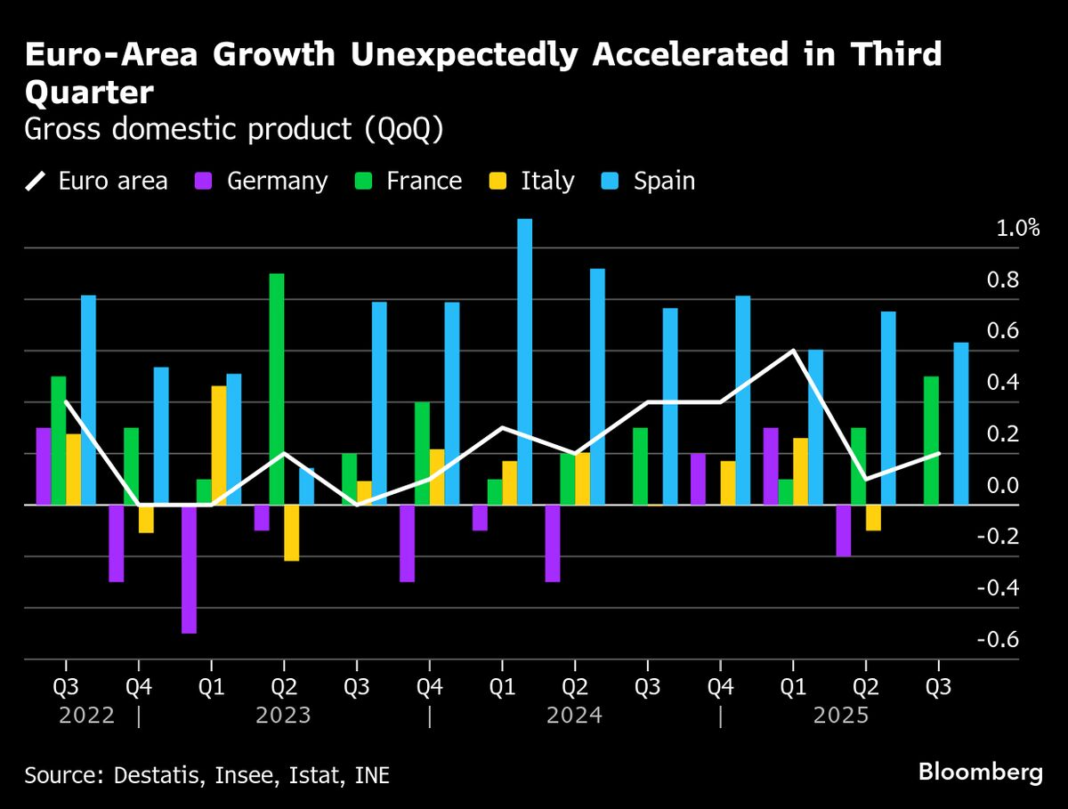The Current State of Bank of England Interest Rates
The Bank of England (BoE) is currently at a crossroads in its monetary policy, with anticipation building around its upcoming decision regarding interest rates. As many economists, investors, and ordinary citizens look forward to the meeting set for Thursday, you may be wondering what it means for the economy, your savings, and your mortgages. Let’s dive into the context surrounding this significant event.
A Background on Interest Rate Decisions
Interest rates are a critical tool used by central banks, including the Bank of England, to manage economic stability and growth. When rates are low, borrowing becomes cheap, encouraging spending and investment. Conversely, higher rates can help cool off an overheating economy. Historically, the BoE has adjusted rates in response to changing economic indicators such as inflation, employment figures, and consumer confidence.
Expectations Ahead of the Meeting
As we approach Thursday’s meeting, analysts widely predict that the Bank will choose to maintain its current interest rate levels rather than proceed with a cut. This marks a significant moment in monetary policy, as the central bank has been gradually easing its stance in recent quarters. The decision to skip a rate cut may reflect a cautious approach given the complex interplay of global and domestic economic factors.
Economic Indicators at Play
Several key economic indicators will play a crucial role in the Bank’s decision-making process. Inflation rates have remained stubbornly high in various sectors, driven by ongoing supply chain challenges and shifts in consumer demand. If inflation persists above the target level set by the BoE, policymakers may hesitate to lower rates, as doing so could fuel further inflationary pressures.
Moreover, labor market statistics add another layer of complexity. With employment rates showing signs of resilience, the BoE may view the economy as stable enough to withstand the existing interest rate levels without needing further cuts.
Market Reactions and Predictions
Financial markets are closely monitoring any signals from the Bank of England. Traders and investors have built their expectations around rates remaining unchanged; their reactions can be swift and significant. Stocks, bonds, and currency values often fluctuate in anticipation of such decisions, and the BoE’s communication can influence these market behaviors heavily.
The Global Context
The international economic climate also influences the Bank of England’s decisions. Central banks around the world are grappling with rising inflation and interest rate policies that differ widely across nations. For instance, if other major economies opt for aggressive rate cuts while the BoE remains steady, the British pound might be impacted, affecting exports and imports.
Long-term Implications
Sticking to the current rates may have broader implications for future monetary policy. The challenge for the BoE will be to balance economic growth while keeping inflation in check. Should the economy show signs of slowing down in the coming months, the BoE might be tempted to revisit its easing approach more aggressively.
Conclusion
In essence, Thursday’s meeting will be more than just a monetary policy decision; it will encapsulate the Bank of England’s ongoing struggle to navigate the delicate balance between sustaining economic growth and controlling inflation. Observers will be watching closely not only for the outcome but also for the accompanying communications from the Bank that might provide insights into its future direction.



